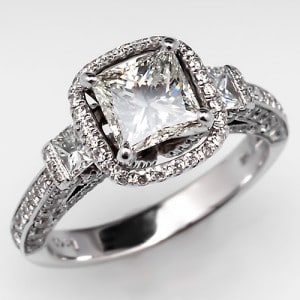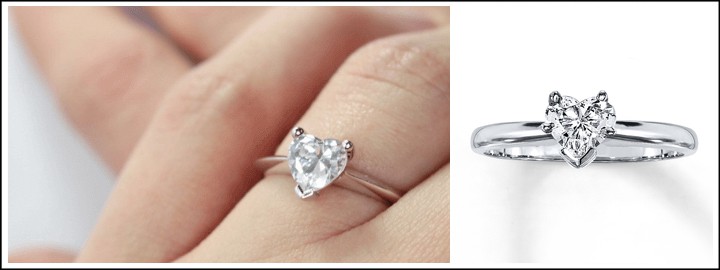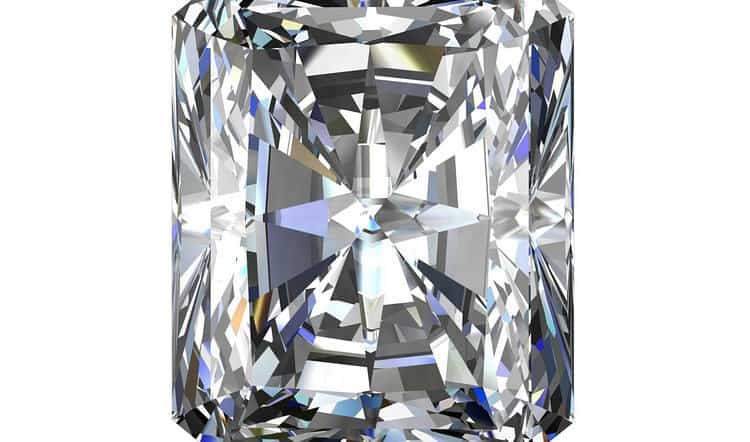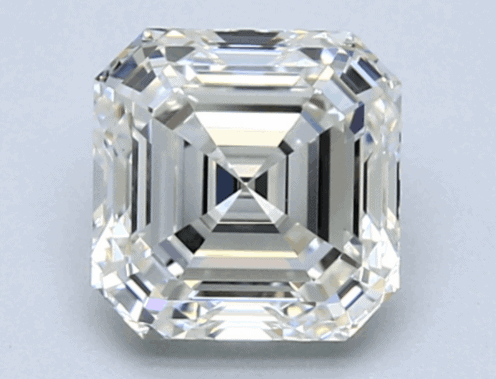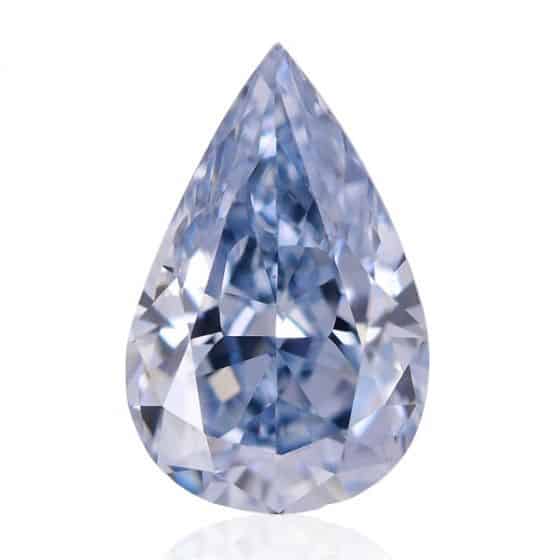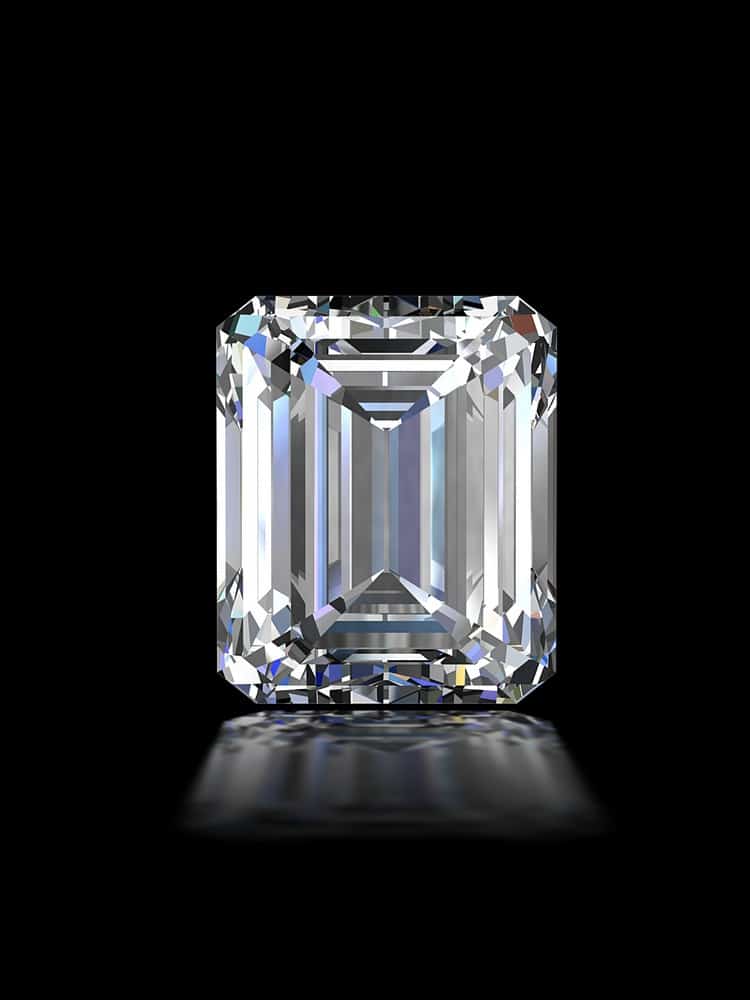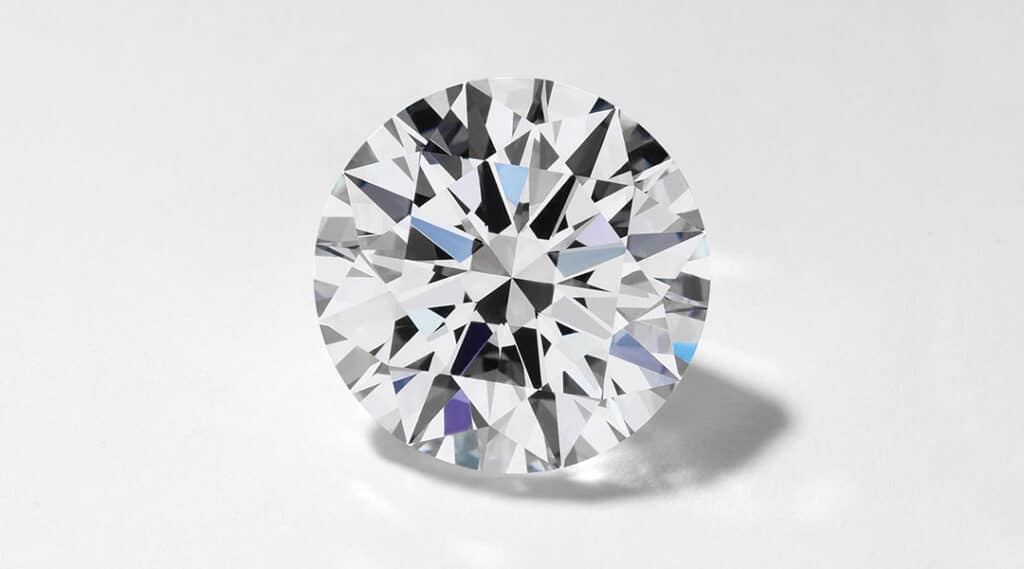Diamonds haven’t always been associated with jewelry. Hundreds of years ago, before the invention of modern cutting techniques, people just didn’t have the tools to turn the naturally rough shape of these gemstones into the diamonds we’d recognize today.
But that didn’t stop people from cherishing these precious rocks. In the 1300s, diamonds were kept as unpolished gemstones before eventually being added to jewelry in their still uncut form.
Eventually, however, modern cutting techniques popped up in the 1600s before being perfected in the late 1800s through modern day. This shift allowed diamonds to become part of mainstream jewelry and would eventually lead to some ultra-expensive designs.
Today, diamonds are classified by cut and several other characteristics. While any diamond will be pretty expensive, some cuts make the rock even pricier. To get a glimpse into the world of high-end diamonds, here are the top eight most expensive diamond cuts on the market.
- The Princess Cut
- The Heart Cut
- The Marquise Cut
- The Radiant Cut
- The Asscher Cut
- The Pear Cut
- The Emerald Cut
- The Round Brilliant
Known For: Fiery sparkle
History: Invented in 1971
Common Use: Rings

photo source: eragem.com
The Princess Cut debuted in 1979, although the cut was patented in 1971 by Basil Watermeyer. Basil was a South African diamond cutter who named the Princess Cut after his wife, Marion.
The Princess Cut is described as “clean and modern,” with a mix of sharp and round corners depending on the cutter’s specific design.
Costing at least $11,000 for a 2-carat diamond, this cut offers a bright, fiery sparkle and is often used in rings.
Did you know?
One of the original Princess Cuts had 58 facets. In the world of diamonds, “facets” refers to the various flat surfaces on a diamond that give the final cut its fiery brilliance.
Known For: Symbol of royalty
History: Dates back to the 1400s
Common Use: Non-traditional wedding rings

photo source: capetowndiamondmuseum.org
The Heart Cut is a very popular diamond — especially for non-traditional wedding rings. The cut has roots in the 1400s when the shape was considered a symbol of royalty. Interestingly, a heart-shaped diamond ring was gifted to Queen Elizabeth in 1562. Sent by Mary Queen of Scots, the ring would go down in history as a symbol of friendship between royal families.
Today, heart-shaped 2-carat diamonds sell for 13,000 dollars or more. Looking for something cheaper? The lowest-carat heart-shaped diamond will still cost you about $1,000.
Did you know?
Since heart-shaped diamonds are such a popular style, it’s not surprising that several celebrities have worn this cut. Notably, Lady Gaga received a heart-shaped diamond ring from her ex-fiance, Taylor Kinney.
Known For: Slim design
History: Commissioned by King Louis XV
Common Use: Accent for rubies and sapphires

photo source: blog.brilliance.com
Sometimes called the football-shaped cut, this diamond is known for its slim design and is regularly used to accent rubies and other precious stones.
The Marquise Cut easily sells for $14,000, which makes sense given its royal history: In the 18th century, King Louis XV of France commissioned a jeweler to cut a diamond that resembled the lips of his mistress, a woman named Jean Antoinette Poisson.
Did you know?
Like a lot of things in the royal society of the 18th century, the Marquise Cut became a status symbol of wealth and power. In fact, the cut gets its name from a ranking of the royal court: Marquess.
Known For: Lots of facets
History: Invented in 1977 by Henry Grossbard
Common Use: Wedding rings

photo source: blog.brilliance.com
This cut has 70 facets, making it glimmer and shine as the name suggests. The cut was made by Henry Grossbard in 1977 with the goal of making a cut that would “unleash the full potential” of a diamond’s brilliance.
In the world of diamonds, “brilliance” refers to white light return, or the amount of light reflected off the gemstone which gives a diamond that bright, shiny look.
It looks like Henry reached his goal — and people are willing to pay for that signature shine. For a 2 carat diamond, this cut easily costs $14,000 or more.
Did you know?
Like other cuts on this list, the Radiant Cut has some famous fans. Interestingly, Lamar Odom chose a 12.5-carat Radiant Cut when he proposed to Khloe Kardashian. Considering a 3-carat Radiant Cut costs at least $30,000, it’s hard to imagine how much Khloe’s ring must have cost with over 12 carats.
Known For: Modern aesthetic
History: Made in 1902
Common Use: Engagement rings or stud earrings

photo source: diamonds.pro
The Asscher Cut was made in 1902 by the Asscher Brothers of Holland. If you looked at the diamond from the top, you’d see an X shape made by converging facets.
This cut is known for its clarity and brilliance — and buyers are willing to pay for it. As a popular option for engagement rings and stud earrings, a 2-carat Asscher Cut diamond goes for a little over $14,000.
Amazingly, this cut isn’t the only notable moment in the Asscher brothers’ history: In 1908, Joseph Asscher was commissioned by King Edward VII to cut a 3,106-carat gemstone — the largest in the world.
Did you know?
The Asscher brothers missed out on the opportunity to capitalize on such a popular cut. When they invented this style in 1902, they never patented the original design. As a result, lots of diamond companies use the Asscher name for cuts that are similar to the original but not quite authentic.
Known For: Looks bigger than other 2-carat cuts
History: Invented by Lodewyk van Bercken
Common Use: Necklaces and rings

photo source: gemsociety.org
Selling for at least 15 thousand dollars, 2-carat Pear Cut diamonds have been an expensive and popular gemstone for over 500 years.
The cut was born when Lodewyk van Bercken invented a new diamond-polishing machine in 1475. The invention would change diamond cutting forever by allowing users to create completely symmetrical facets — an impossible task before van Bercken’s machine.
One of the new designs created by this groundbreaking machine was the Pear Cut, a subtle shape with curves and a pointed edge.
Did you know?
Given their unique shape, Pear Cut diamonds have become popular options for contemporary jewelry. Notably, some designers place the diamond on its side to create an asymmetrical look.
Known For: Understated shimmer
History: Rooted in styles from the 1500s
Common Use: Accent for other diamonds

photo source: blog.brilliance.com
The Emerald Cut usually has 57 facets and is known for its clarity. Since the design features a flat surface on the top, viewers can see through the core of the gemstone and enjoy a subtle sparkle.
The cut has roots in the 1500s, but the actual term Emerald Cut wasn’t coined until the 1920s when the art deco movement increased the cut’s popularity.
Today, 2-carat Emerald Cut diamonds sell for at least $17,000. Even if you went for a lower weight (meaning fewer carats), you’d still have to spend at least $800 on an Emerald Cut.
Did you know?
Angelina Jolie seems to be a fan of this cut. In fact, she reportedly owns a 16-carat rock — which is probably worth more than $100,000.
Known For: Dazzling brilliance
History: Invented in the 17th century
Common Use: Engagement rings

photo source: withclarity.com
The Round Brilliant is the most expensive diamond cut.
Costing at least $20,000 for a 2-carat diamond, the Round Brilliant is by far the most expensive cut out there. The design has roots in the 17th century, but it became really popular about 100 years ago when a man named Marcel Tolkwosky perfected the design.
Although original Round Brilliants would have used traditional cutting techniques, jewelers now use computers to cut this shape with perfect symmetry. The result is a diamond that uses most of the original gemstone, creating very little waste and giving the final cut a sparkly finish.
Did you know?
Marcel Tolkowsky, the man behind the modern Round Brilliant, was a gemologist and mathematician. Using his knowledge of math, he created a formula to maximize a diamond’s brilliance — resulting in the iconic design we know today.

